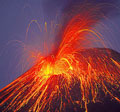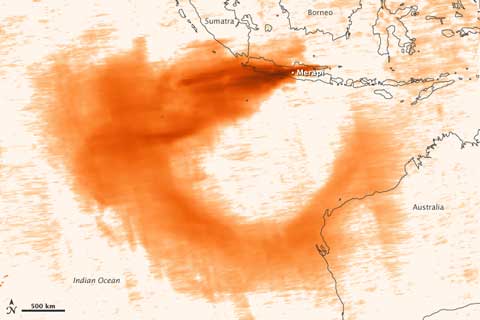 Indonesian President Susilo Bambang Yudhoyono gave an impressive speech at the Centre for International Forestry Research last week. How his words translate into the political life of his country I don’t know, but it is hard to fault them as an analysis of the world’s current challenges and a pointer to the direction in which we must move. Not many political leaders take the time to stand back and present such a coherent and complete understanding of what is happening to human societies and the natural environment on which they depend. The speech is worth reading in full, but I’ll extract some of the salient points here.
Indonesian President Susilo Bambang Yudhoyono gave an impressive speech at the Centre for International Forestry Research last week. How his words translate into the political life of his country I don’t know, but it is hard to fault them as an analysis of the world’s current challenges and a pointer to the direction in which we must move. Not many political leaders take the time to stand back and present such a coherent and complete understanding of what is happening to human societies and the natural environment on which they depend. The speech is worth reading in full, but I’ll extract some of the salient points here.
His theme was sustainable growth with equity.
“What are our choices ?
“We can choose to continue to exhaust the present course, the same course that has been in place for decades and centuries. A world where we obsessively chase after economic growth without regard for ethics or the environment. A world of excessive exploitation of resources, and insatiable consumerism. A world driven by “greed” rather than “need”.
“If we go down this path, we will only find more of the same. It will lead us to more environmental degradation. More deforestation. More pollution. More global warming. More endangered species. More conflict between man and nature. And ultimately, more desperation for the human race.”
Continue reading “Indonesian President promotes “sustainable growth with equity””


